

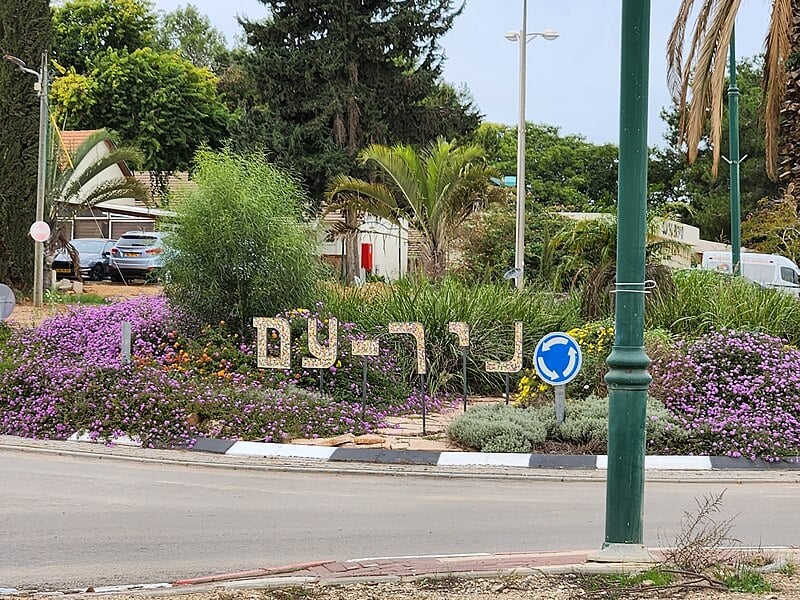
An internal Israel Defense Forces probe into the October 7, 2023, terror assault near Kibbutz Nir Am has found that the joint efforts of a locally stationed Golani Brigade company, the community’s standby squad, and arriving military and police reinforcements stopped Hamas gunmen from penetrating the kibbutz or advancing to additional targets. Cleared for publication Wednesday, the investigation credited their determined resistance with halting dozens of attackers despite fierce firefights, heavy losses and periods of chaos.
The inquiry, led by Col. (res.) Yaron Sitbon and approved by former Southern Command chief Maj. Gen. Yaron Finkelman, pieced together the battle from testimonies, operational logs, surveillance recordings and intelligence material.
Investigators concluded that the determined defense around Nir Am’s nearby chicken hatchery and along the kibbutz’s perimeter managed to contain one of the largest Hamas raids on October 7, even as the attackers abducted two civilians and inflicted heavy losses on Israeli forces.
At 6:29 a.m., a company commander from the Golani Brigade’s 13th Battalion — stationed in the area under the command of the 7th Armored Brigade’s 77th Battalion — spotted two drones flying over a military outpost near the border. He fired at the drones before ordering a tank to reach the outpost, while he himself drove to the southern gate of nearby Kibbutz Erez with the community’s standby squad to defend it.
At the same time, Hamas unleashed a massive rocket barrage across the western Negev. Under the cover of fire, dozens of gunmen breached the border near Nir Am using tractors, motorcycles and pickup trucks. Some crossed on foot and others by paraglider, with additional reports of infiltrations by sea from the west.
By 6:36 a.m., the tank sent by the company commander was already engaging terrorists who were using rifles and anti-tank missiles. The crew ran over several terrorist motorcycles and blocked two pickup trucks before being struck by an anti-tank missile. Nearby, a Namer armored personnel carrier was disabled by a drone-dropped munition, lightly wounding two soldiers.
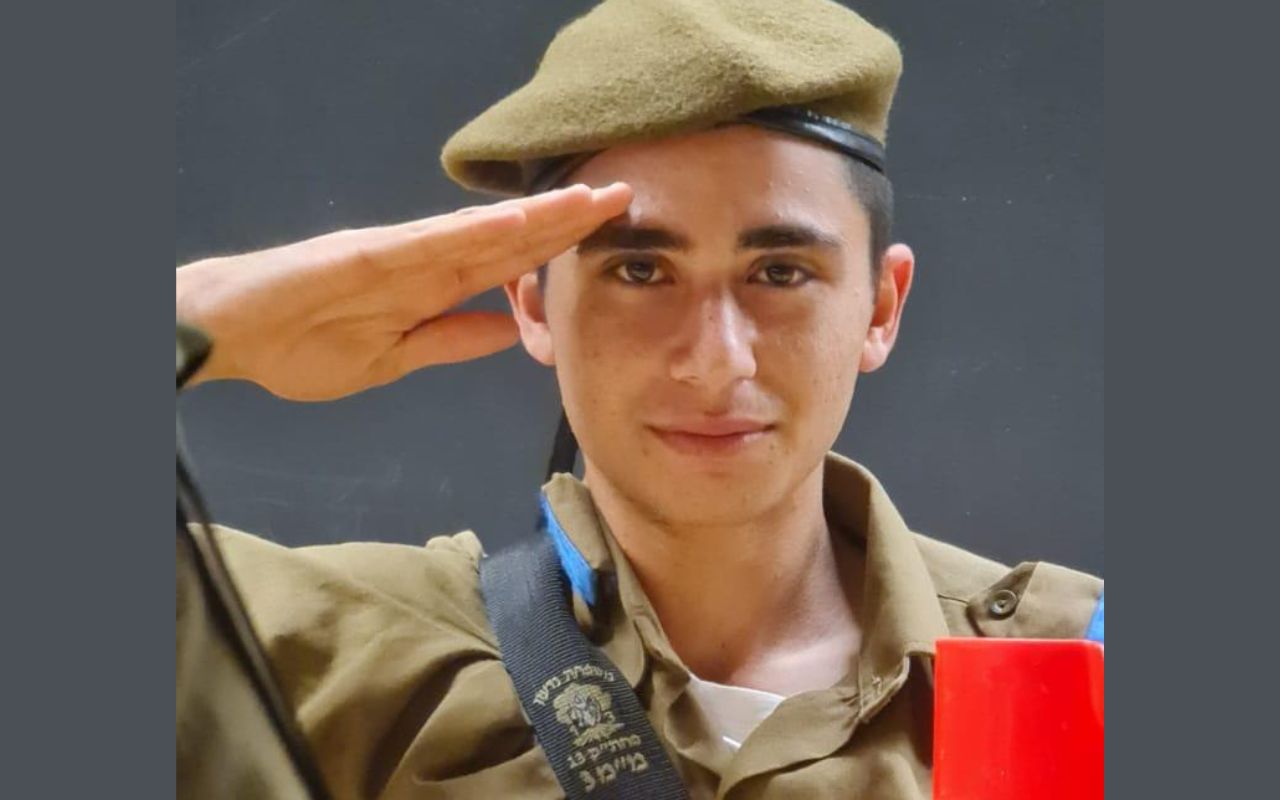
Meanwhile, the company’s mortar team was ordered to fire toward the border. Sgt. Yaron Zohar, 19, struck several of the attackers over the course of more than two hours before accidentally being hit by shrapnel from an IDF mortar round. He later succumbed to his wounds.
The company commander led his vehicle and the local standby squad toward Nir Am’s hatchery, a large industrial site west of the kibbutz where terrorists had gathered. At 7:02 a.m., the convoy encountered heavy fire from more than 10 terrorists on motorcycles and pickup trucks, sustaining hits but no casualties. Minutes later, the commander’s force set up an ambush on the road, exchanging fire with terrorists several times. Some were hit, while others barricaded themselves in the hatchery.
At 7:21, Nir Am’s standby squad opened the community armory, distributing 12 of their total of 15 rifles, with the other three having been found to be defective. The squad fanned out to block access roads and patrol the kibbutz perimeter.
By 7:37, terrorists inside the hatchery seized two civilians — Samar Talalka, 24, and a foreign worker who wasn’t named in the probe’s findings — forcing them into the trunk of Talalka’s car and driving them into Gaza. Nearby IDF troops did not spot the abduction as they remained engaged in firefights.
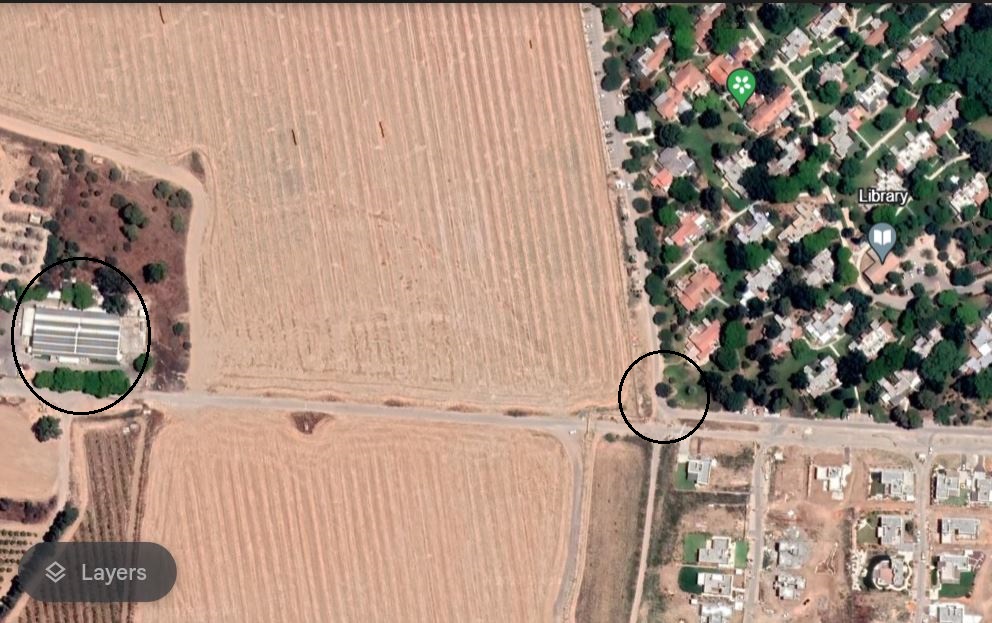
Between 8:00 and 9:00 a.m., clashes intensified. The company commander maneuvered forces around the hatchery as dozens of terrorists in 10 vehicles massed at another breach point. The Air Force conducted a strike on the convoy, destroying vehicles and killing several terrorists.
At 10:08, the Namer armored personnel carrier — which had repositioned to the hatchery alongside the tank after a brief incident of friendly fire between the two near the Museum of Water and Security — came under enemy fire. Its commander was wounded in the clash, while two terrorists who attempted to flee toward the kibbutz were killed by IDF troops and members of the standby squad.
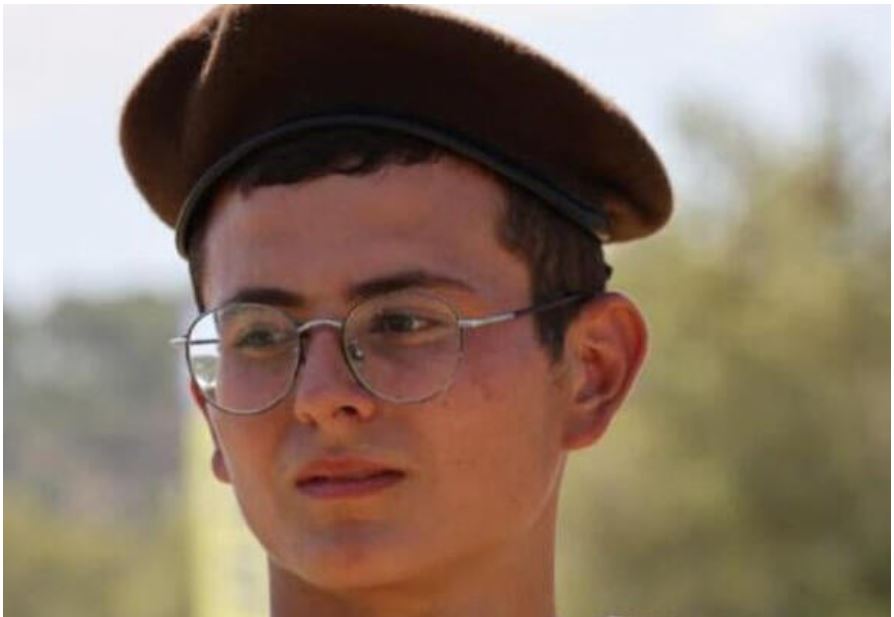
At 10:32 a.m., dozens more terrorists launched a second wave on the hatchery, storming the site with motorcycles, pickup trucks and RPG fire. The tank was struck, forcing it to retreat after its commander was also wounded.
Soon after, the Namer engaged terrorists advancing on motorcycles but came under fire from RPGs and grenades. In the ensuing battle, Sgt. Matan Abergil, 19, threw himself onto a live grenade that was thrown into the vehicle, sacrificing his life to shield his comrades. Other soldiers in the Namer were wounded.
By 10:50 a.m., reinforcements began to arrive, including tactical unit forces, police officers, and later the Yamam counter-terrorism unit and elite Sayeret Matkal unit. During the fighting, four members of the tactical unit and two from other reinforcement teams were injured. Police officer Sgt. Maj. Roman Gendel, 47, was shot and killed.
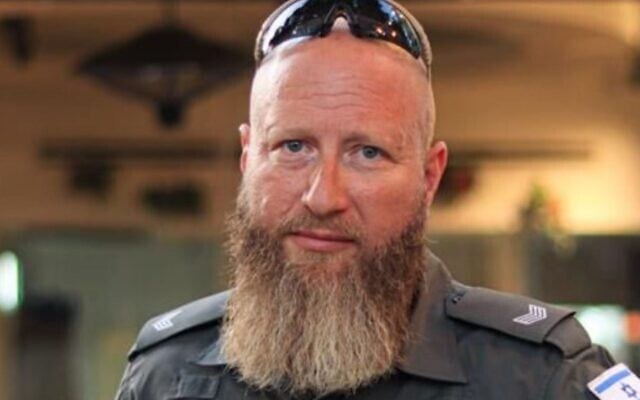
At 11:26 a.m., a reservist-manned tank from the 77th Battalion struck a fleeing terrorist pickup truck, though it managed to escape. At 12:30 p.m., Yamam troops evacuated wounded soldiers from the stricken Namer under the cover of tank fire.
By early afternoon, Hamas squads began retreating toward Gaza under airstrikes and ground pursuit. At 1:15 p.m., the 13th Battalion commander, who had been fighting at nearby Moshav Netiv Ha’asara, arrived to coordinate air and ground forces, restoring operational control of the area.
That evening, a rocket fired from the Gaza Strip struck Nir Am, without causing casualties. Overnight, the Paratroopers Brigade’s 101st Battalion assumed responsibility for the area, and residents were evacuated from the kibbutz.
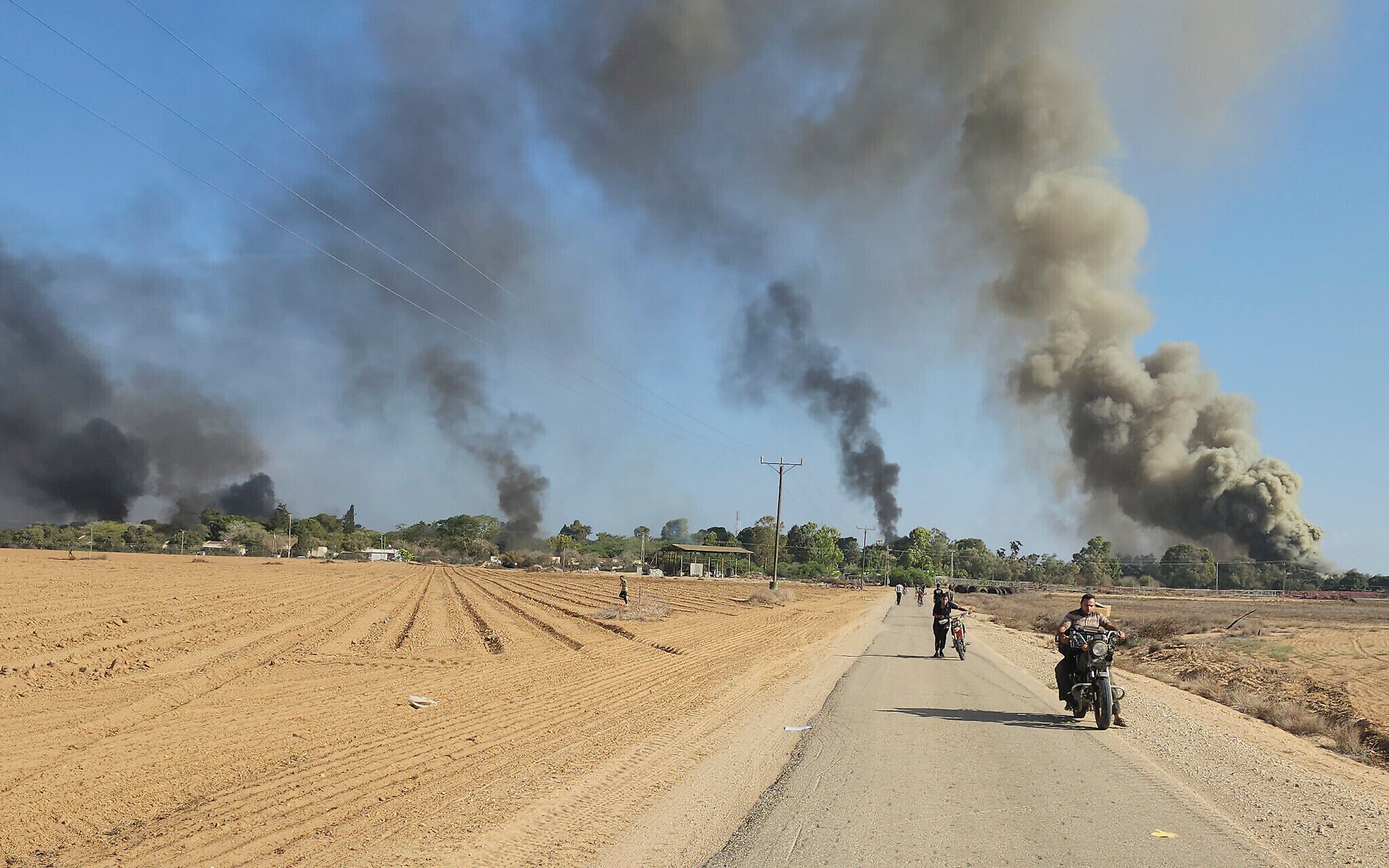
The probe concluded that while Hamas launched one of its fiercest assaults of October 7 in the Nir Am area, the Golani company’s rapid deployment and the actions of the community’s standby squad prevented gunmen from entering the kibbutz itself or advancing north toward Sderot and other civilian targets. It credited reinforcements — particularly the 77th Battalion tank crewed by reservists — with helping to turn the battle.
At the same time, investigators highlighted critical flaws in Nir Am’s early defense, including limited ammunition, faulty rifles, and the concentration of weapons in a single armory. These delays, they noted, hindered the community’s ability to respond in the first hour.

